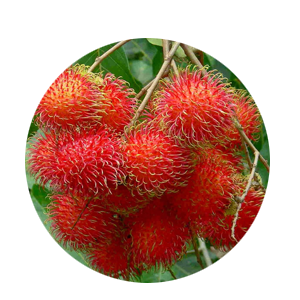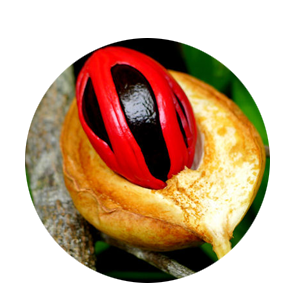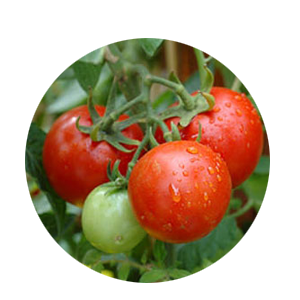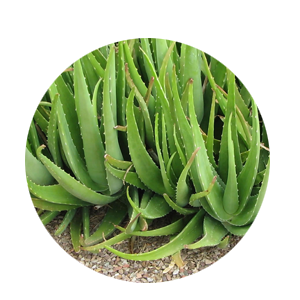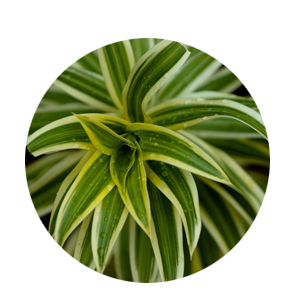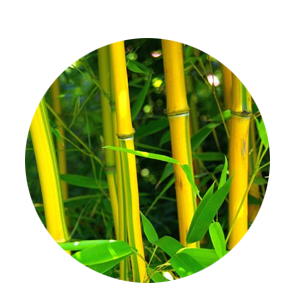Babloose / Pomilo - Grafted (8x10 bag)

Item Description
GENERAL INFORMATION ABOUT A POMELO TREE Pomelo is the largest member of the citrus family. More sweet than sour, with juicy meat and pulp, pomelos are considered grandfathers of grapefruits. Pomelo originated in China and is also referred to in Chinese historical books. Pomelo is mostly cultivated in China and South East Asia, and is now widely available in the United States and India. The upper layer of this fruit is thick and soft and can be peeled easily. The pulp inside comes in a variety of colors ranging from yellow to pink and red. You can find the fruit growing on citrus trees in the heat of summer and or in tropical climates. Pomelo fruits weigh up to 1 to 2 kg and have a mixed taste. It is sweet like orange, tart like grapefruit, tangy like tangerine, and very juicy. Pomela fruit health benefits are because it is rich in Vitamin C like all citrus fruits and also in Vitamin B. It contains a high amount of beta-carotene and folic acid and is very beneficial for pregnant women. Pomelo also contains a good amount of potassium, which keeps our heart healthy. It also contains Vitamin A, Vitamin B1, B2 and C, bioflavonoid, healthy fats, protein, fiber, antioxidants, and enzymes. The Benefits Of Pomelo Fruit 1.Prevents urinary tract infection 2.Promotes healing 3.Healthy gums 4.Heart health 5.Prevents anemia 6.Wards off cold and flu 7.Fights cancer 8.Fights aging 9.Weight loss 10.Prevents osteoporosis 11.Aids digestion 12.Prevents muscle cramps 13.Promotes recovery of wounds 14.Controls blood pressure 15.Cleanses the arteries
Maintanance, Disease Management And Yielding
MAINTANACE OF THE PLANTATION Once a plantation has been established, the work should not be considered finished. It will be necessary, for example, to protect the plantation against weather, fire, insects and fungi, and animals. A variety of cultural treatments also may be required to meet the purpose of the plantation. FERTILIZING Along with organic manure,It requires chemical fertilization for better production.Foliar fertilizer can also be applied every new flushes.NPK combination of 13-13-21 is used to improve fruit taste.It should be applied in 2 doses,first dose before flowering and other one after 5 to 6 months.Fertilizer should be increased on yearly basis based on the trunk.Spraying of foliar fertilizer also recommended for every 20 days starting at 40 days after planting until 140 days after fruit set. WATERING AND WEED CONTROL Young pomelo trees should be watered regularly until fully established. In dry western climates, water mature trees deeply at least every one or two weeks. Desert gardeners may have to water more frequently. Mulch the soil around the trees to conserve moisture. Weeding is also very important. Remove all weeds 1.5 meter around the plant. PRUNING AND SHAPE OF TREE At 4-6 months after planting, the trees are pruned to induce branching. This is done by top pruning about 30-40 cm from the ground. 3 branches which are evenly distributed in separate horizontal directions are PEST & DISEASE FOR POMELO TREES Every fruit tree has the future potential for disease and insect damage. Factors such as location and weather will play a part in which issues your tree encounters. If available, disease-resistant trees are the best option for easy care; and for all trees, proper maintenance (such as watering, fertilizing, pruning, spraying, weeding, and fall cleanup) can help keep most insects and diseases at bay. HARVESTING YOUR POMELOS The pummelos are picked at maturity which occurs about 140-160 days from fruit set. The dull skin of the fruit brightens upon ripening as the oil glands become more prominent and shiny. This change starts near the tip of the fruit and progresses towards the stalk.
- Propogation Method : Grafting
- Plant Climate : Sub Tropical, Normal, Hot, Cool, Tropical
- Plant Height : 2-3 feet
- Plant Weight : 3.5kg
- Plant Polybagsize : 8x10
Related Images
- Botanical Name : Citrus maxima
- Malayalam Name : Kambili Narakam
- English Name : Pomilo
If this is the first time that you’re hearing of the humble pomelo, don’t be left out and try it out now
Planting Instructions
PLANT THE RIGHT TREE AT RIGHT PLACE Growing space both above and below ground should be considered when selecting a tree to plant. Too often allowances are not made for the increased size of the tree when it matures. Most problems can be avoided by selecting the proper tree species for the available planting space. GENERAL TIPS 1. Plant at least 3 meter from main overhead utility wires on street or to your home. 2. Plant at least 3 meter from a building. 3. Plant at least 1 meter from sidewalks, driveways, patios and fences. 4. Plant at least 6 meter from other large trees. 5. Plant at least 3 meter from small trees. 6. Prioritize your tree planting with the sun’s direction to maximize shade by planting on the southwestern and western sides of your home BASIC PARAMETERS TO PLANT A POMELO TREE 1. Soil :The pomelo thrives in the lowland tropics. It can tolerate a wide range of soils from coarse sand to heavy clay. However, it prefers deep, medium-textured, fertile soils free from injurious salts; optimum pH from 5.5 to 6.5; annual rainfall requirement 1500-1800 mm. 2. Planting Distance : For Commercial Plantation:-The plant-to-plant spacing is 8-10 m x 6-8 m, depending on the terrain and soil fertility. This is equivalent to a population density ranging from about 125 to 208 plants per hectare. For Home Garden: -In a home garden generally we are planting one or two pomelo trees along with other species of fruit plants. So it is better to keep minimum 3 meter distance from other plants to plant a pomelo tree. 3. Pit size : Minimum 60cm width X 60cm Breadth X 60cm depth 4. Sunlight : 100% sunlight is best but can grow up to 50 % shade 5. Watering: During dry weather, initially water the plant once in two days and after one month of planting water every 7 to 10 days during the first year. TEN TIPS FOR PLANTING A PUMELO TREE 1. Dig a hole/pit 3 to 4 times wider than the container (Normally 60cm X 60cm X 60cm is recommended). Fill the pit with top fertile soil to allow for proper root growth. 2. Add 250 gm Rock Phosphate or Born Meal and 3 to 5 kg Cow dung or compost in the top soil of the pit and mix it thoroughly (Thorough mixing of manure with soil is very important because direct contact of manure with the roots of the plant will cause the damage of roots and plant). 3. Make a small hole in the pit and carefully remove the plant from the container/pot or poly bag keeping the soil around the roots intact. Don‘t yank the plant out of the pot or poly bag as this can separate the roots from the tree. Poly bags can be easily removed by cutting it by a knife and pots can be removed easily by hitting slightly at the top edge of the pot. 4. Set the plant in the middle of the hole. Avoid planting the tree too deep. Keep the base of the trunk is slightly above ground level. Using some soil, secure the tree in a straight position, then fill and firmly pack the hole with the original soil, making sure there aren‘t any air pockets. 5. If the plant is Grafted or Budded make sure the grafted or budded portion of the plant is above the soil. Do not allow to touch the grafted or budded portion in the soil as it burns the skin of the plant. 6. Create a water-holding basin around the pit and give the plant a good watering. After the water has soaked in, spread protective mulch 2–4 inches deep in a 3-foot diameter area around the base of the tree, but not touching the trunk. Also provide a stich as a support for the plant, if needed. 7. The soil and mulch around your plant should be kept moist but not soggy. During dry weather, initially water the plant once in two days and after one month of planting water every 7 to 10 days during the first year. 8. Remove any tags and labels from the tree as these will affect the tree as it grows. You may need to prune any broken or dead branches. For Budded or Grafted plants it is very important that do not allow the growth of off shoots under the grafted/budded portion. Allow the growth of budded/grafted scions only. 9. Do not use chemical fertilizer or any other chemicals on your newly planted trees. Such products will kill your young trees. If needed you can add chemical fertilizers in small quantity (generally below 100gm) after two to three months of planting with sufficient irrigation. 10. Do not over water or allow rain water so much that you see standing water in the pit area of the plant. It will damage the plants roots and results the die of your plant.






